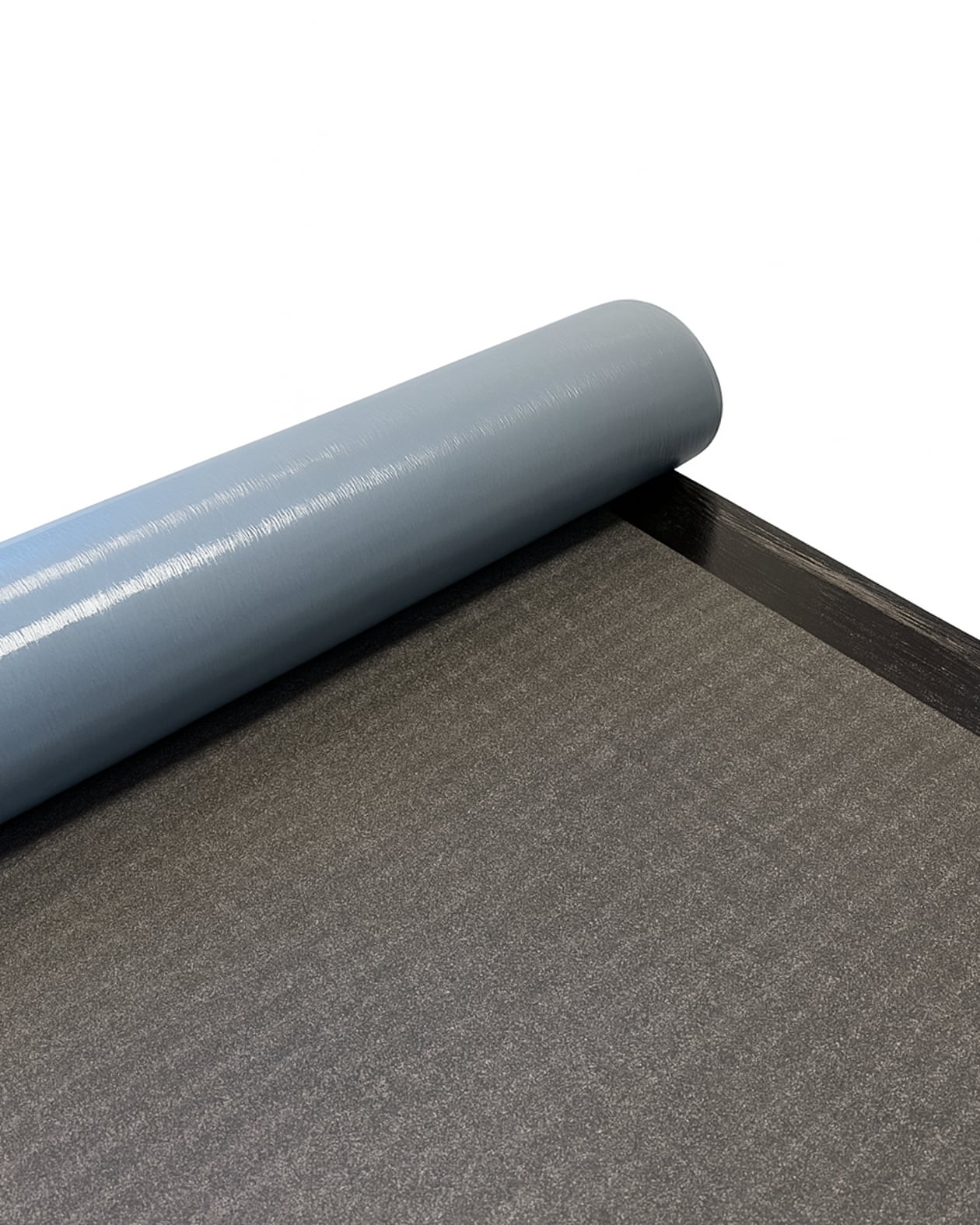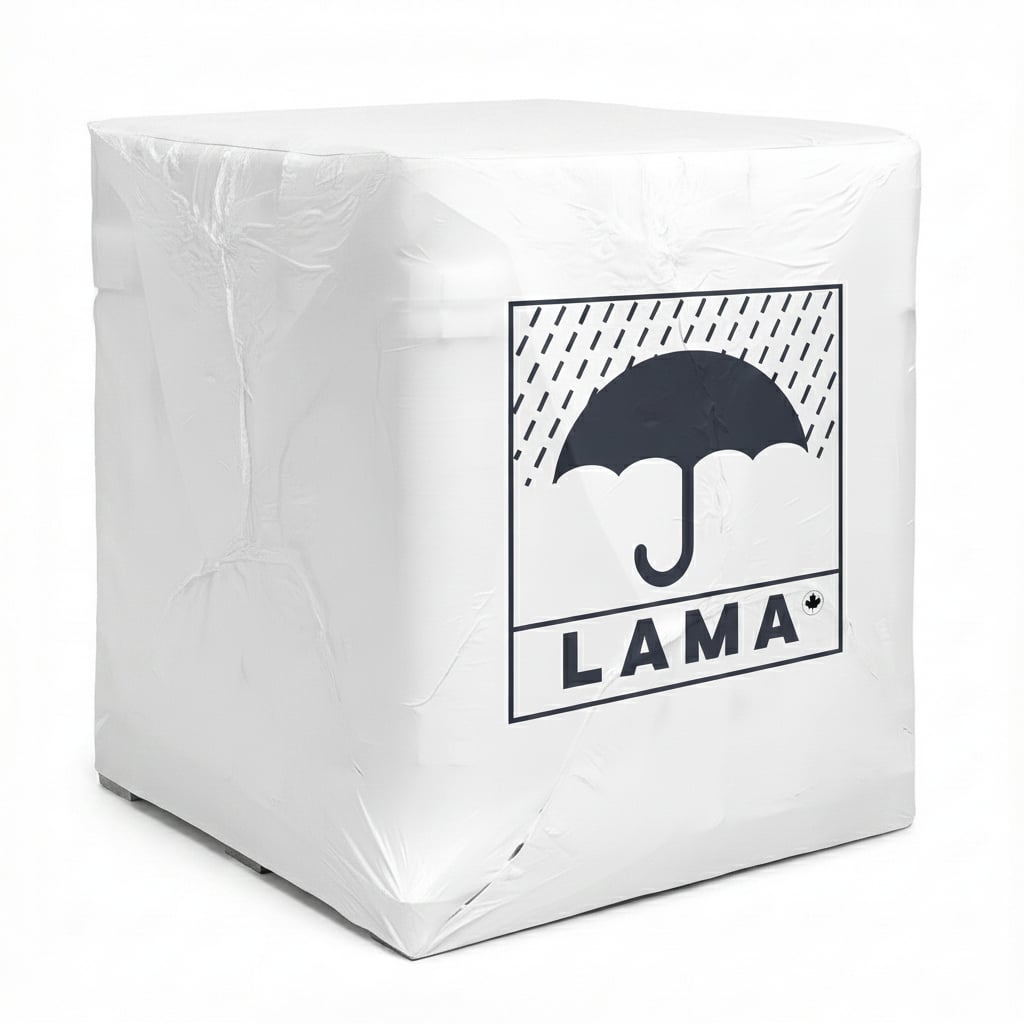


ICE & WATER UNDERLAYMENT
At a Glance
Premium roofing underlayment providing protection against ice and water intrusion in residential roofing applications.
Dimensions
0.915 x 20m || 36"x65'
Top Surface
Sanded
Thickness
1mm || 40 mils, 1.2mm || 48 mils
Rolls Per Pallet
30